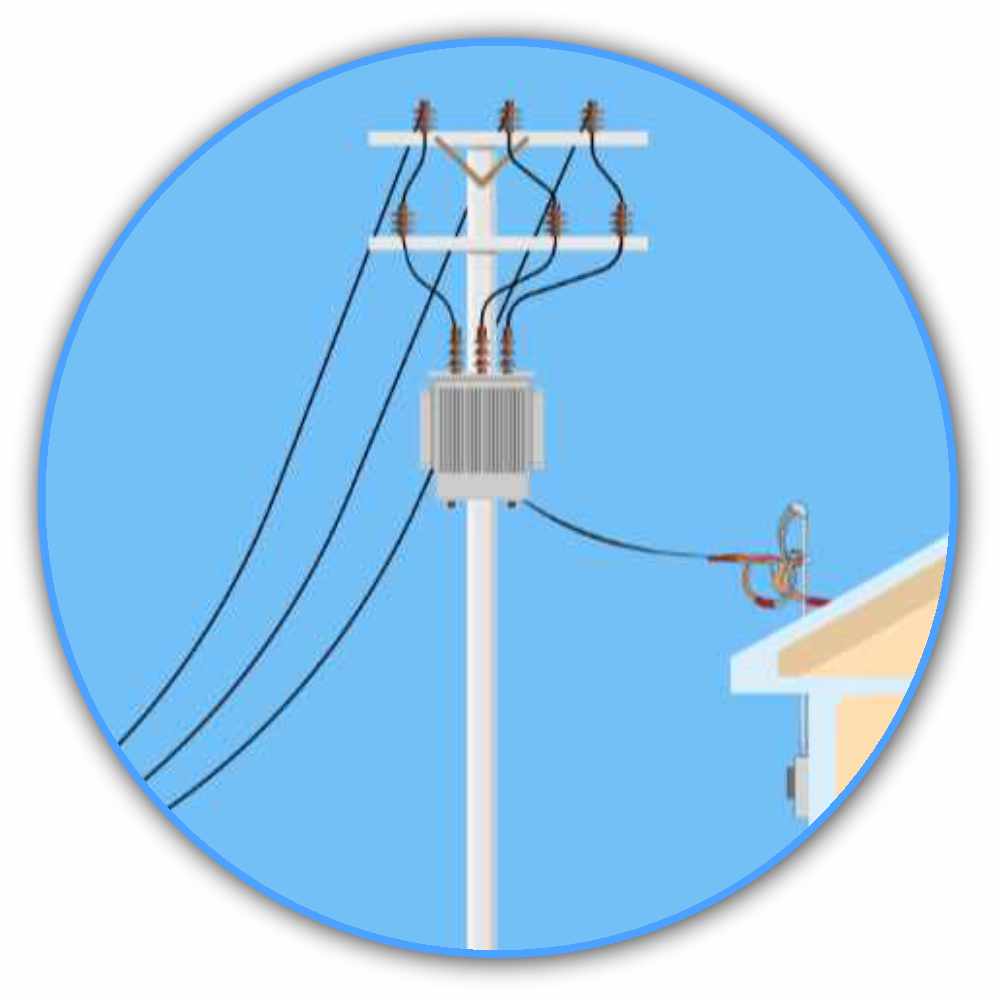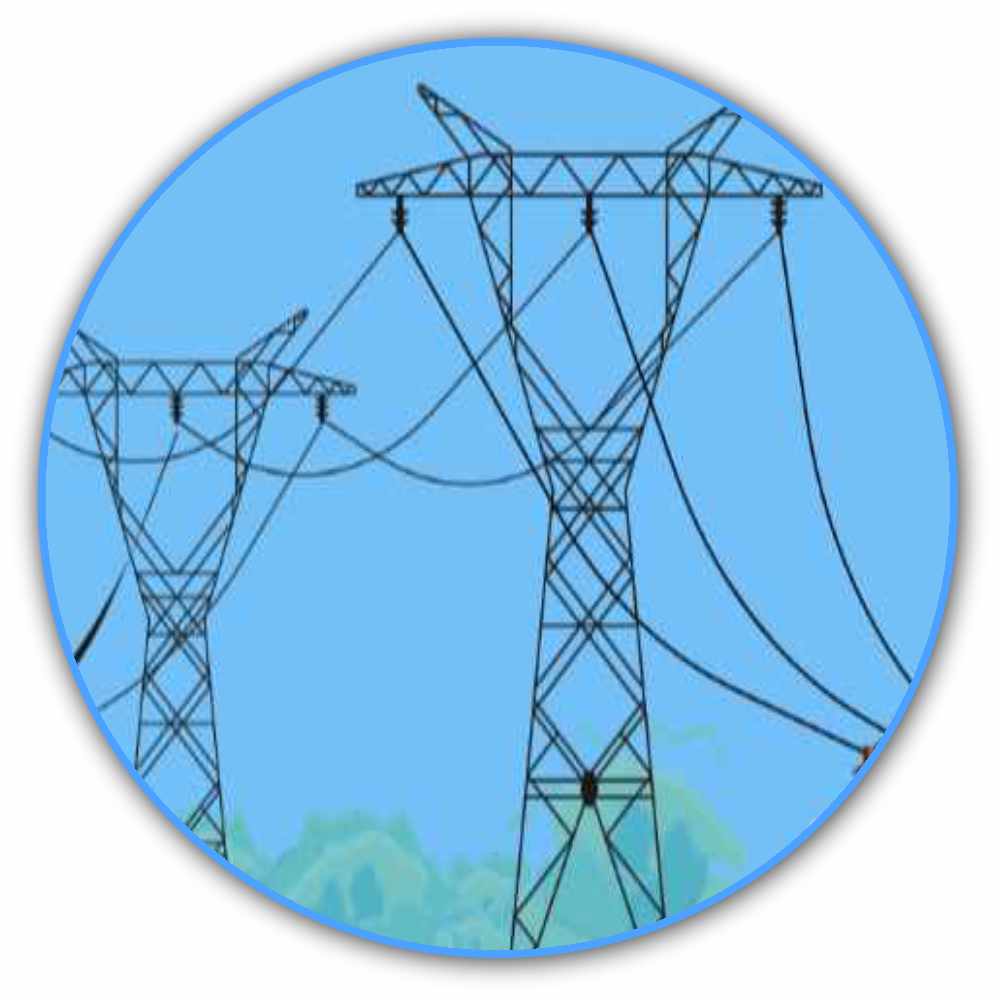
Ontario Electricity System and Capacity
Over the past decade, wind, solar, bioenergy, hydro, refurbished nuclear and natural gas-fired resources have replaced Ontario’s coal fleet. These resources, together with investments in conservation, demand response and transmission, have reduced greenhouse gas emissions in Ontario’s electricity sector by more than 80 per cent.
The current installed capacity on Ontario’s transmission grid is approximately 38,193 megawatts (Spring 2024). In addition to transmission-connected generation, there is currently more than 3,400 megawatts of generation capacity within Ontario’s local distribution systems. The largest percentage of distributed generation, also known as embedded generation, is from solar facilities.
Learn more about Ontario's electricity capacity
2024 Supply Mix
Generators produce the electricity we use. They include nuclear, hydro, natural gas, wind and solar sources. The largest generator is Ontario Power Generation – a provincially-owned company. The chart shows how the generation mix looks in Ontario today.
| Energy Source | Percentage |
|---|---|
| Nuclear Energy | 48.5% |
| Waterpower | 23.4% |
| Natural Gas*/Oil/Other | 16.6% |
| Wind | 9.0% |
| Solar | 2.2% |
| Bioenergy | 0.4% |
* Includes Lennox, dual fuel (natural gas/bioenergy) and non-contracted emitting generation consistent with Independent Electricity System Operator (IESO).
Note:
1. Figures may not add up to 100% due to rounding.
2. Figures do no account for the sale and retirement of Clean Energy Credits (CECs)
Ontario's electricity system is owned and operated by public, private and municipal corporations across the province.
It is made up of three key components: generation, transmission and distribution.
 Generation: Where electricity comes from
Generation: Where electricity comes from
Ontario gets its electricity from a mix of energy sources. About half comes from nuclear power. The remainder comes from a mix of hydroelectric and natural gas, and to a lesser extent, wind and solar. Ontario Power Generation, a government-owned company, generates almost half of Ontario’s electricity. The other half comes from multiple generators who have contracts with the grid operator to provide power from a variety of sources.
Transmission: How electricity travels across Ontario
Once electricity is generated, it must be transported to urban and rural areas across the province. This happens by way of high voltage transmission lines that serve as highways for electricity. The province has more than 30,000 kilometers of transmission lines, most of which are owned and operated by Hydro One.
 Local Distribution: How electricity is delivered to the end-consumer
Local Distribution: How electricity is delivered to the end-consumer
Burlington Hydro is responsible for the last step of the journey: distributing electricity to customers through its distribution system. Burlington Hydro manages all aspects of the electricity distribution business throughout the City of Burlington and is regulated by the Ontario Energy Board (OEB). Burlington Hydro is wholly owned by the City of Burlington, the community which it serves and is funded by the distribution rates paid by its customers. Burlington Hydro services 188 square kilometers and approximately 68,000 residential and business customers.
How much of my electricity bill goes to Burlington Hydro?
Every item and charge on your bill is mandated by the provincial government or regulated by the Ontario Energy Board (OEB), the provincial energy regulator. While Burlington Hydro is responsible for collecting payment for the entire electricity bill, it retains only the distribution portion of the delivery charge. The delivery charge also includes Hydro One transmission costs and system losses. Distribution – Burlington Hydro’s portion - makes up about 25% of the typical residential customer’s bill. The rest of your bill is passed onto provincial transmission companies, power generation companies, the government and regulatory agencies.

